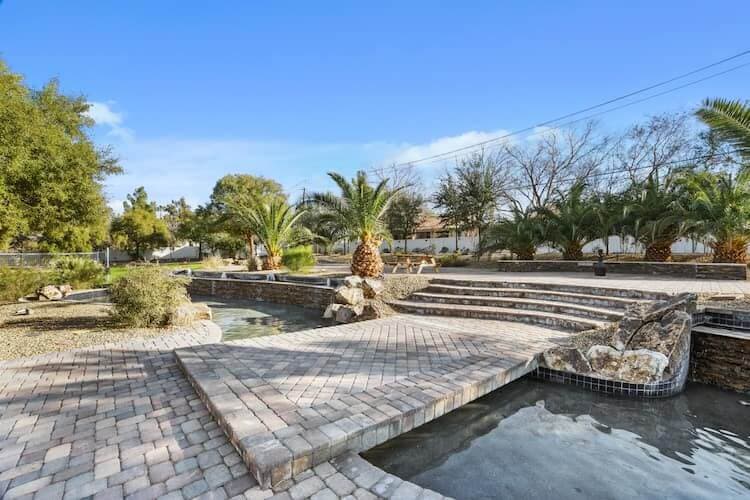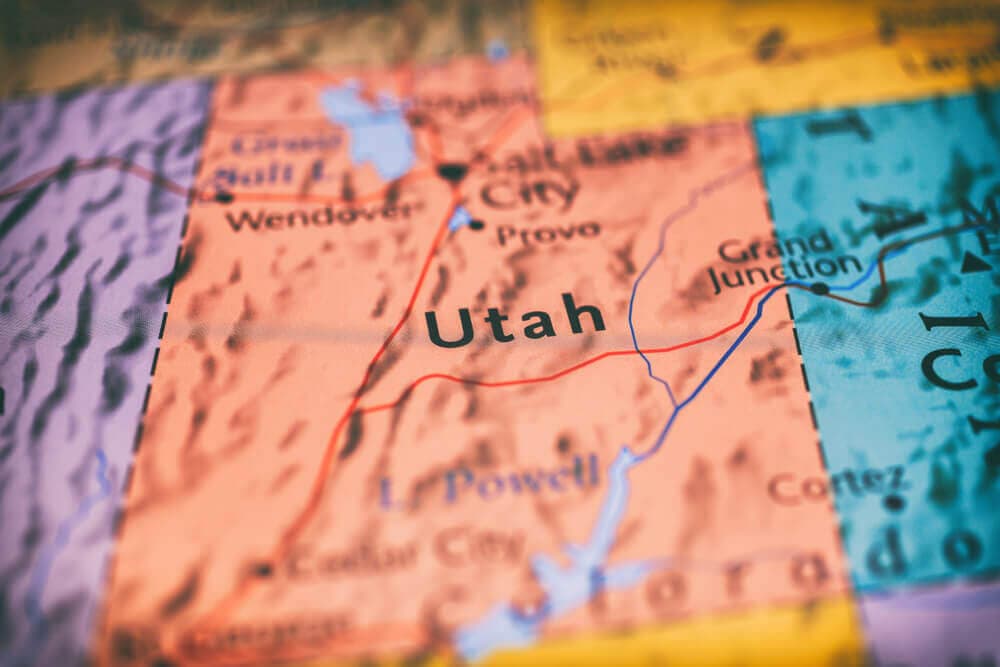Inpatient & Outpatient Rehab Near Utah
For the many people affected by substance use disorder, finding an addiction rehab near Utah can be life changing. If you or someone you love needs help with substance use, effective treatment is available.
This page will provide useful information about various types of addiction treatment near Utah, how to pay for rehab, and state substance use statistics.
Please don’t lose hope—addiction is a treatable disease. Find the help you deserve to start your recovery today.

Alcohol & Drug Rehab Program Near Utah
At Desert Hope, treatment is individually customized to ensure each patient receives the support and care they need at every point of their journey. Experienced clinicians provide the highest level of care.
Types of Addiction Treatment Near Utah
Several types of addiction treatment are available at addiction rehabs near Utah. Desert Hope Treatment Center offers the following:
- Medical detox. Often the first step in addiction treatment, a supervised medical detox provides necessary support and safety while a person withdraws from a substance.
- Inpatient addiction treatment. During inpatient rehab, patients stay at the facility 24/7 and attend substance use treatment to gain the skills needed for long-term recovery.
- Partial hospitalization program (PHP). A PHP offers a highly structured and intensive level of outpatient addiction treatment. Patients attend much of the same programming during the day as those in inpatient rehab, but PHP patients live at home.
- Intensive outpatient program (IOP). Another level of outpatient addiction treatment, the IOP offers fewer hours of treatment each week than the PHP.
- Outpatient rehab. Patients further along in their recovery may find standard outpatient addiction treatment offers the right amount of programming. This program may meet for 1-2 days a week.
- Aftercare and sober living. As more structured treatment concludes, an aftercare program can help ensure a patient has the support they need in recovery and a plan in place in the case of a relapse. For some, this may be attending 12-Step meetings or living in sober living housing.
To learn more about the types rehab care available at Desert Hope or to start the treatment admissions process, call .
Paying for Addiction Treatment
There are multiple ways to pay for rehab near Utah. If you have insurance, it may cover a portion or all of your substance use treatment, depending on your provider and plan. If you do not have insurance coverage, there are other ways to cover the cost of addiction treatment, including financing and flexible payment plans.
Desert Hope is in-network with most major insurance companies. You can quickly and securely now.
Addiction Self-Assessment

Utah Addiction Statistics
While drug-related fatalities experienced a downward trend in previous years, data from 2020 and 2021 show these deaths are now increasing. Fentanyl is attributed with being a major driver for this increase as the number of deaths involving this potent drug increased 125% from 2019 to 2020.2
Alcohol Abuse & DUIs in Utah
Not only can alcohol misuse result in serious health conditions, but it can also lead to physically hazardous conditions such as driving under the influence.3
- In 2021, 4% of adults in Utah reported heavy alcohol use in the past 30 days.
- Utah is ranked 7th in the nation for alcohol poisoning deaths.
- 902 Utahns die each year from alcohol-related causes.
Drug Use & Overdoses in Utah
Starting in 2001, prescription opioids accounted for an overwhelming majority of drug overdose deaths—as much as almost 70% around 2007. However, in 2020, meth overdose deaths exceeded deaths from prescription opioids.2
The majority of drug overdose deaths (72%) involved more than 1 drug in 2020. When patients reported their primary drug of use upon entering addiction rehab in Utah, methamphetamine was the most common followed by heroin.2
Our Stats
Learn MoreAmerican Addiction Centers (AAC) is committed to delivering original, truthful, accurate, unbiased, and medically current information. We strive to create content that is clear, concise, and easy to understand.
While we are unable to respond to your feedback directly, we'll use this information to improve our online help.